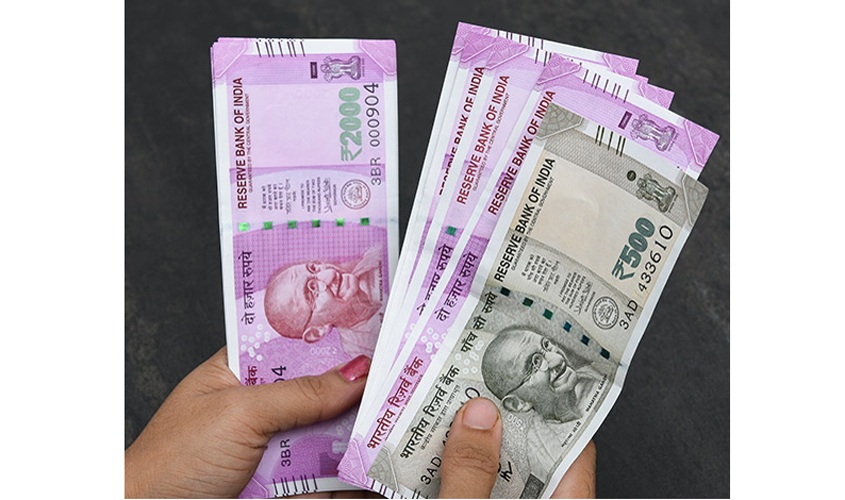The fact that foreign investors have made net investments of over Rs. 17,000 crore in the last three days (till Thursday) strongly indicates that markets expects Modi to win the 2019 general elections, “and with a majority in Rajya Sabha too”, adds Banerjee “which means that lot more controversial and bolder reforms can be pushed through.” A greater probability of political stability extending well beyond 2019 means that “the policy framework would be growth friendly”, says Prathamesh Mallya, Chief Analyst, Currencies and Non-Agri Commodities at Angel Broking. Foreign investors generally like a lower inflationary environment and stronger macros (lower fiscal and external deficits) before investing in a particular country and India fits the bill perfectly well. While lower oil prices have been helping India maintain a lighter trade deficit, the government and the RBI are acting in concert to keep the retail inflation at 4% medium term target. Retail inflation currently is within that range. “All these factors might strengthen the rupee further to reach a level of Rs64/USD,” feels Mallya.
However, further direction of the rupee would be determined by global factors, most importantly the outcome of the French and German elections due in early May and September respectively. If the anti-Muslim or the anti-immigrant nationalist voices actually win there, “the whole assessment might change”, feels Banerjee. Then the rupee might slide to 67 to 68 level or even more.
While a stronger rupee reflects India’s economic strength, it could be detrimental to India’s export driven sectors. The major impact of a stronger rupee will be felt on IT companies like Infosys (which has 70% of its billing in US), which are net exporters, especially to the US, says Angel Broking. Though Indian policy makers do not interfere with market forces to maintain a particular level of rupee, they intervene only to address the volatility of exchange rates.

